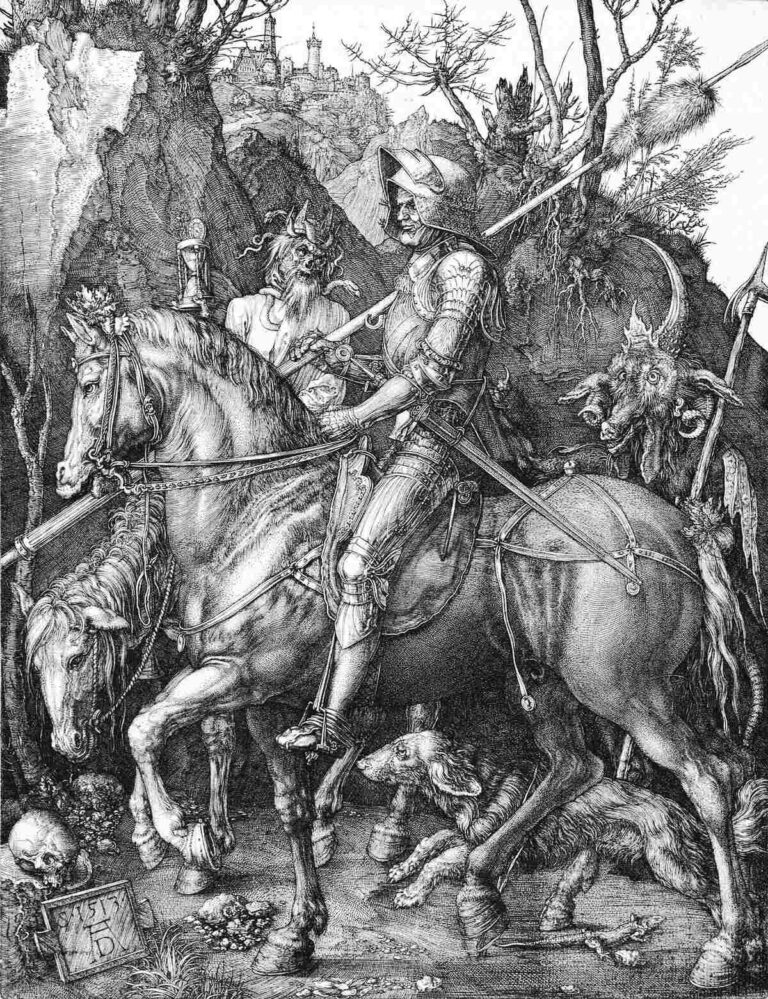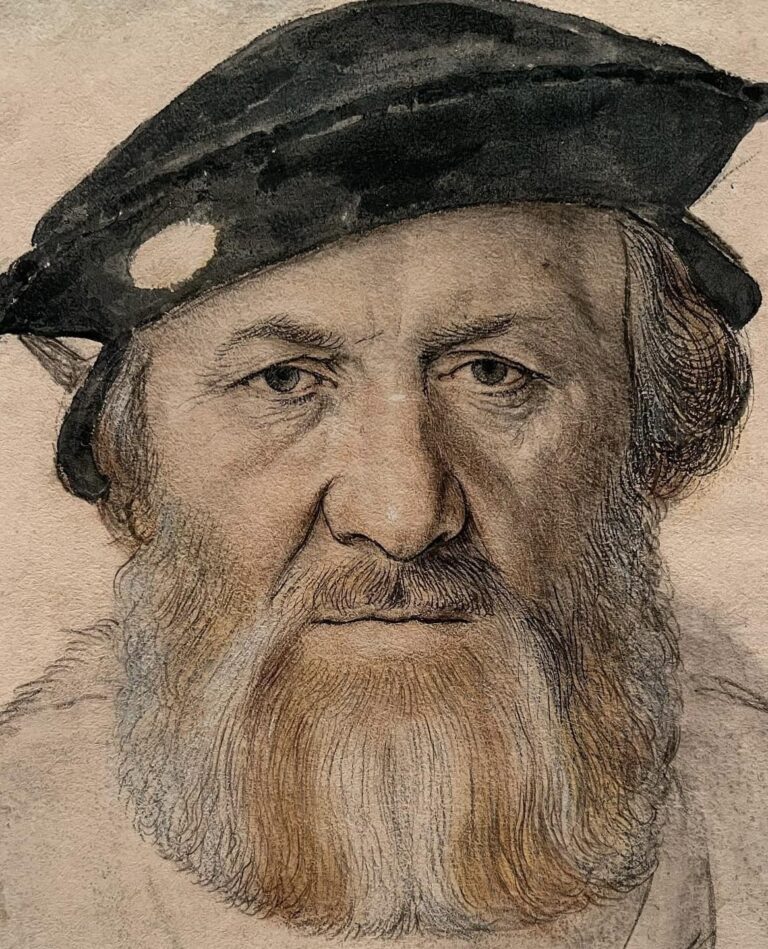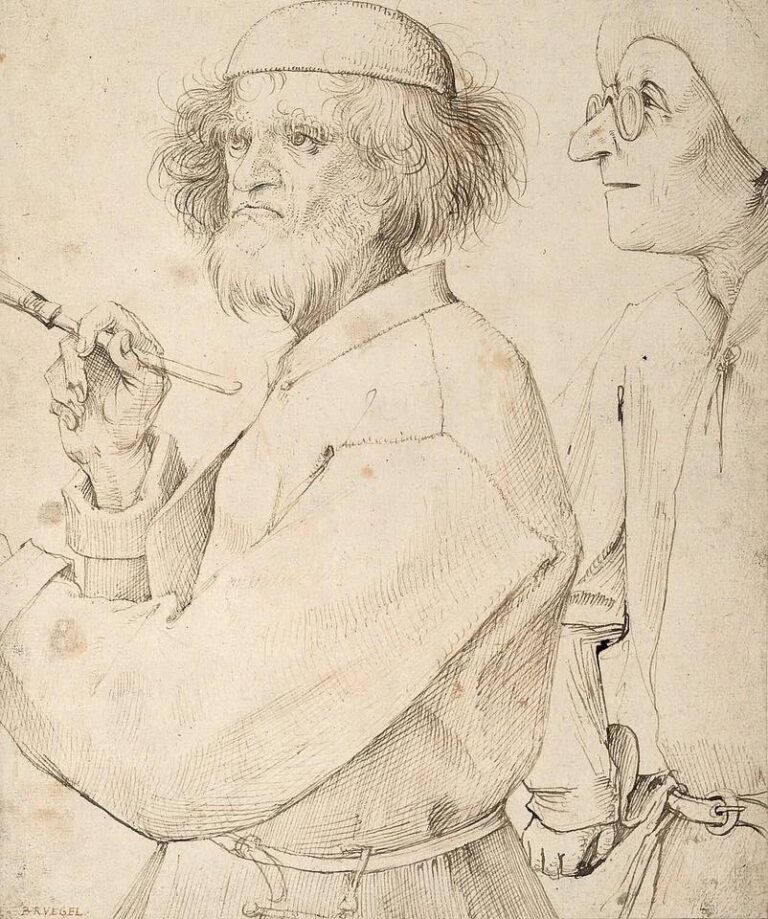Looking for a muse? Check no further. Discover the Best of Art, Culture, History & Beyond!
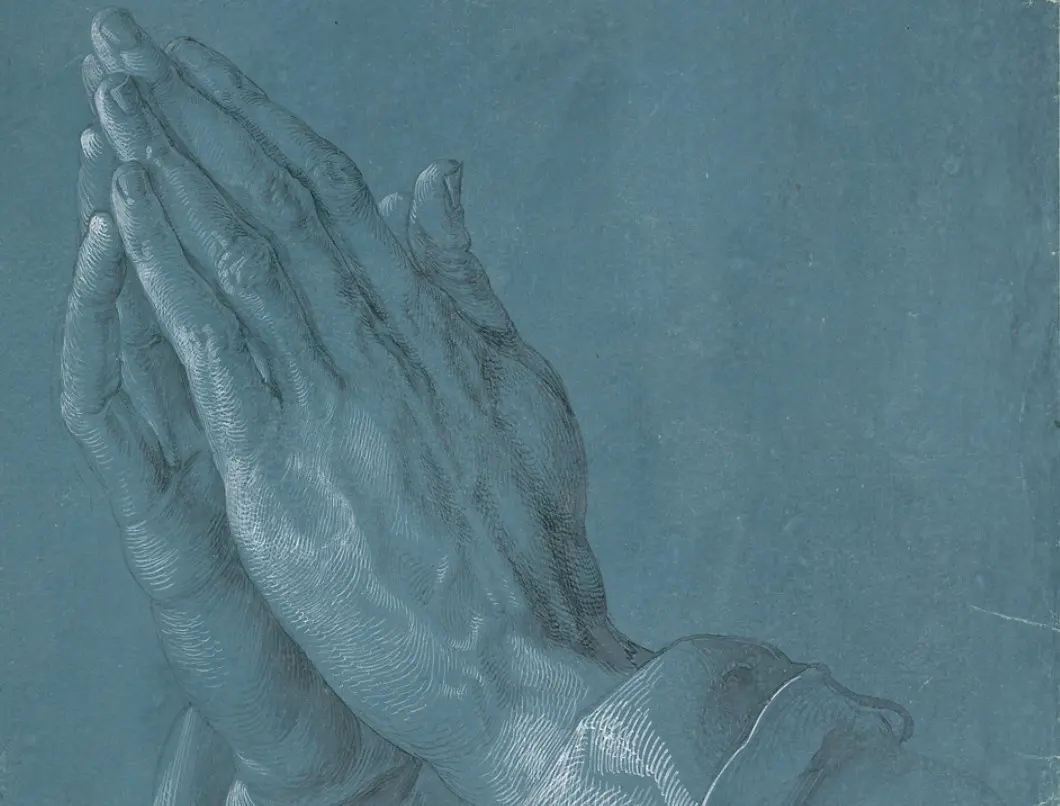
Exploring the Origins, Significance, and Enduring Appeal of a Renaissance Masterpiece
A Glimpse into Dürer’s World
Albrecht Dürer, a name synonymous with Renaissance artistry, gifted the world numerous masterpieces. Among them, the “Praying Hands” stands out, not just for its artistic brilliance but also for the stories it inspires. Let’s delve into this iconic piece, exploring its creation, the myths surrounding it, and its lasting impact on art enthusiasts like you.
The Creation of ‘Praying Hands’: A Study in Devotion
Dürer’s Technique, Purpose, and the Heller Altarpiece Connection
In the early 16th century, Dürer crafted the “Praying Hands” as a preparatory sketch for the Heller Altarpiece. This pen-and-ink drawing on blue paper showcases his meticulous attention to detail. The hands, depicted in a prayerful pose, reflect both anatomical precision and spiritual depth. This study was integral to the larger altarpiece, highlighting Dürer’s dedication to his craft and faith.
Debunking the Myths: The Tale of Sacrifice
The Popular Brotherly Love Story, Its Origins, and the Truth Behind the Legend
A touching story often accompanies the “Praying Hands.” It tells of Dürer’s brother, who toiled in mines to support Albrecht’s artistic pursuits, sacrificing his own dreams. Later, Dürer supposedly sketched his brother’s hands, worn from labor, as a tribute. While heartwarming, this tale lacks historical evidence and is considered a 19th-century fabrication. The true origin of the drawing is rooted in Dürer’s preparatory work for the Heller Altarpiece.
A Closer Look at Technique
Dürer’s Use of Line, Shadow, and Composition in ‘Praying Hands’
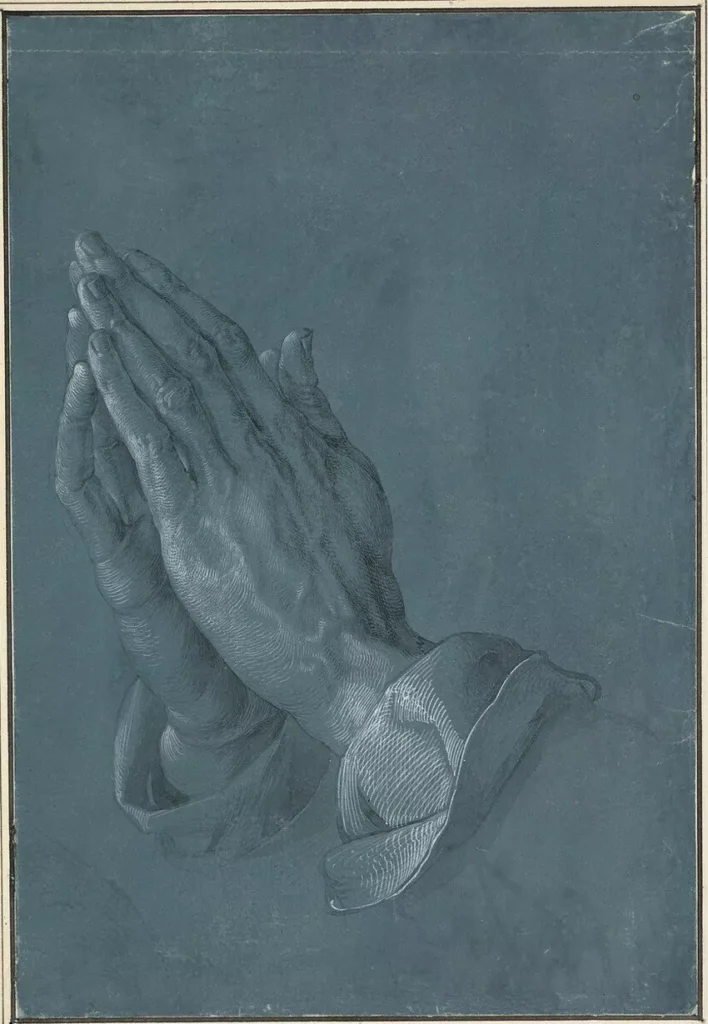
Examining the “Praying Hands,” you notice the intricate line work and shading that bring the hands to life. Dürer’s expertise in hatching creates depth and texture, making the veins and knuckles appear realistic. The composition directs your focus solely on the hands, emphasizing their spiritual significance and the artist’s technical prowess.
Centuries after its creation, the “Praying Hands” continues to captivate audiences. Its image adorns countless reproductions, from posters to tattoos, symbolizing faith and devotion. This enduring appeal speaks to the universal themes Dürer captured, bridging the gap between the Renaissance and today’s viewers.
Albrecht Dürer’s “Praying Hands” is more than a study for an altarpiece; it’s a testament to his artistic genius and the timeless nature of his work. As you explore this masterpiece, consider the blend of technical skill and profound spirituality that has allowed it to resonate through the ages.

This article is published on ArtAddict Galleria, where we explore the intersections of art, history, and culture. Stay tuned for more insights and discoveries!
